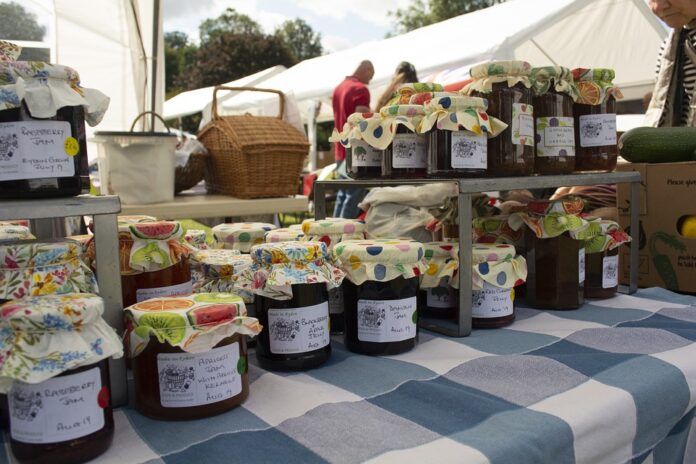Challenges and Controversies Surrounding Preservative Use in the Food Industry
Preservatives have been a staple in the food industry for decades, allowing manufacturers to extend the shelf life of their products and prevent spoilage. However, the use of preservatives comes with its own set of challenges and controversies that have sparked debates among consumers, regulators, and industry experts.
Consumer Concerns
One of the primary challenges surrounding preservative use in the food industry is consumer concern. Many consumers are becoming increasingly wary of artificial additives in their food, including preservatives. There is a growing demand for clean label products that are free from synthetic chemicals, leading to pressure on food manufacturers to find alternative ways to preserve their products.
This shift in consumer preferences has forced many food companies to reevaluate their ingredient lists and remove preservatives from their formulations. However, this can be a difficult task, as preservatives play a crucial role in maintaining the safety and quality of food products.
Regulatory Hurdles
In addition to consumer concerns, food manufacturers also face regulatory hurdles when it comes to using preservatives. Different countries have varying regulations regarding the types and amounts of preservatives that can be used in food products. This can create challenges for companies that operate on a global scale, as they must ensure compliance with multiple sets of regulations.
Furthermore, regulatory bodies are constantly reviewing the safety of preservatives and may impose restrictions or bans on certain additives if new evidence emerges regarding their potential health risks. This can create uncertainty for food manufacturers who rely on preservatives to protect their products from microbial contamination and spoilage.
Industry Insights
Despite the challenges and controversies surrounding preservative use, the food industry continues to rely on these additives to extend the shelf life of a wide range of products. Preservatives are particularly important in perishable items such as meat, dairy, and baked goods, where spoilage can occur rapidly without proper protection.
According to industry data, the global market for food preservatives is projected to reach $3.2 billion by 2025, driven by the increasing demand for convenience foods and the need to reduce food waste. Antimicrobials, antioxidants, and emulsifiers are among the most commonly used preservatives in the food industry, as they help maintain the freshness and quality of products over extended periods.
Financial Implications
The use of preservatives in food products can have significant financial implications for manufacturers. On one hand, preservatives help reduce food waste by extending the shelf life of products, allowing companies to minimize losses due to spoilage. This can result in cost savings and improved profitability for food manufacturers.
On the other hand, the growing trend towards clean label products and natural ingredients can pose a challenge for companies that rely heavily on preservatives. Reformulating products to remove synthetic additives can be costly and time-consuming, requiring extensive research and development efforts to find suitable alternatives that offer the same level of protection.
In conclusion, the challenges and controversies surrounding preservative use in the food industry are multifaceted and continue to evolve as consumer preferences and regulatory requirements change. While preservatives play a vital role in ensuring the safety and quality of food products, food manufacturers must navigate these challenges carefully to meet the demands of an increasingly discerning consumer base.



